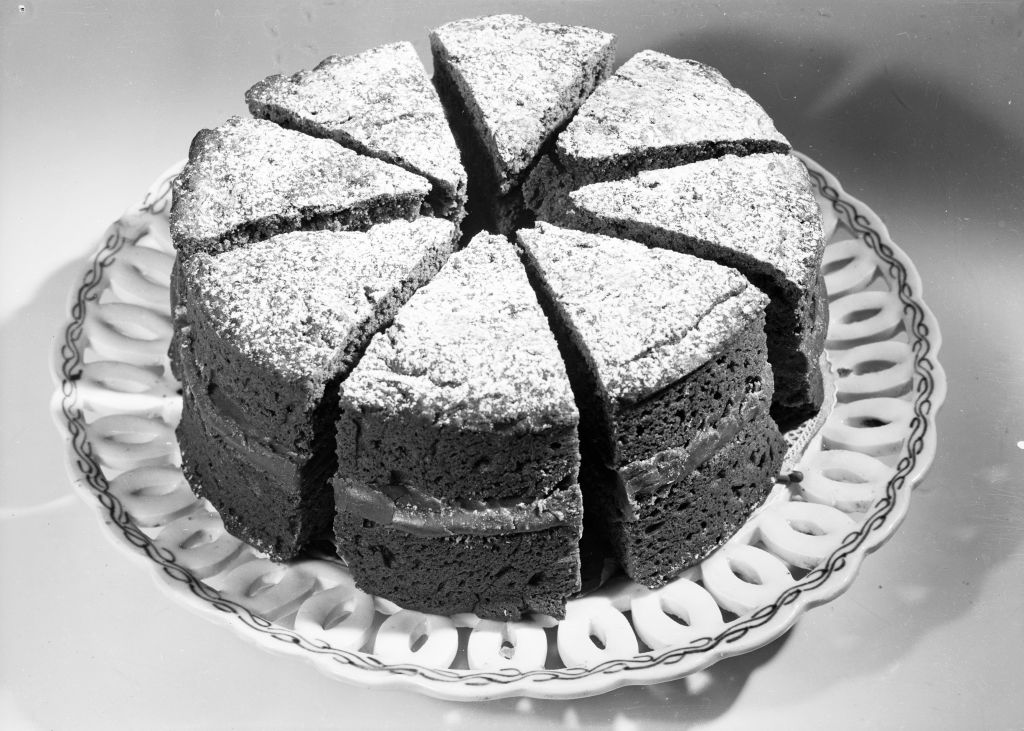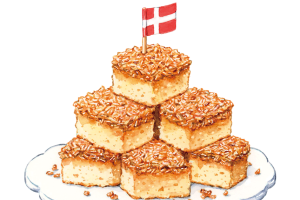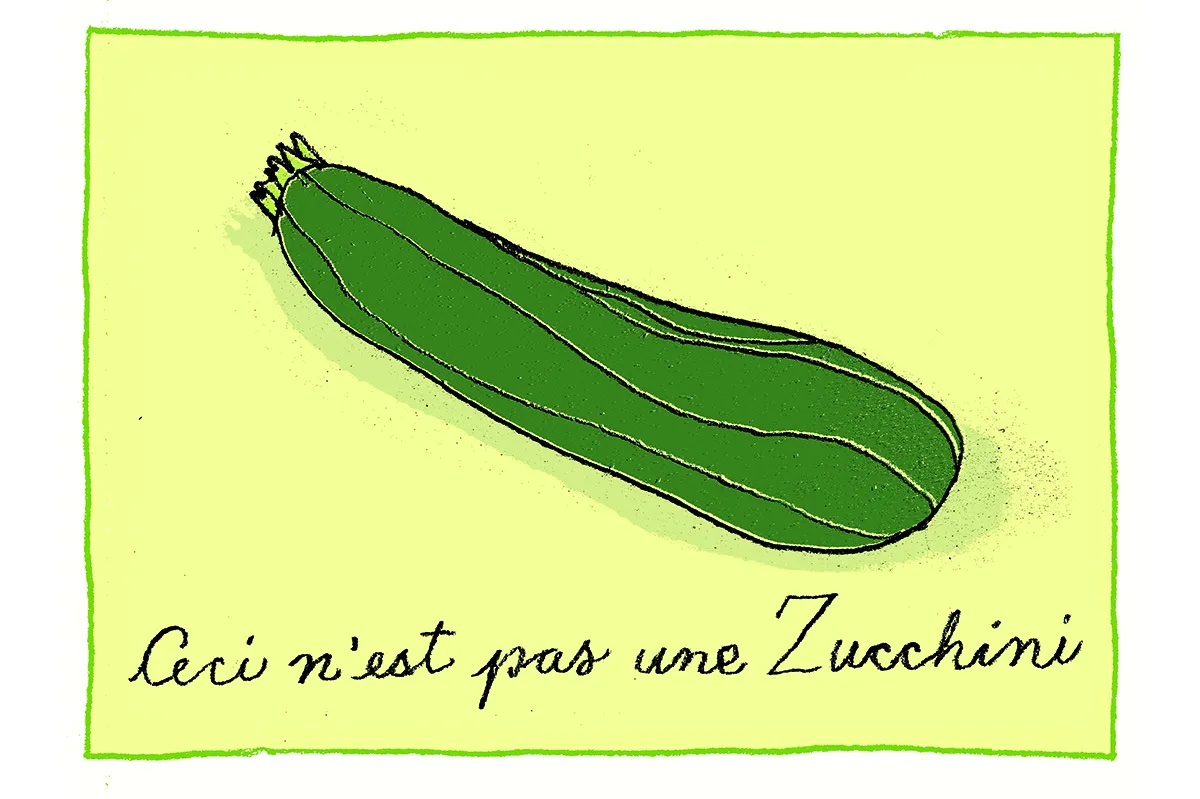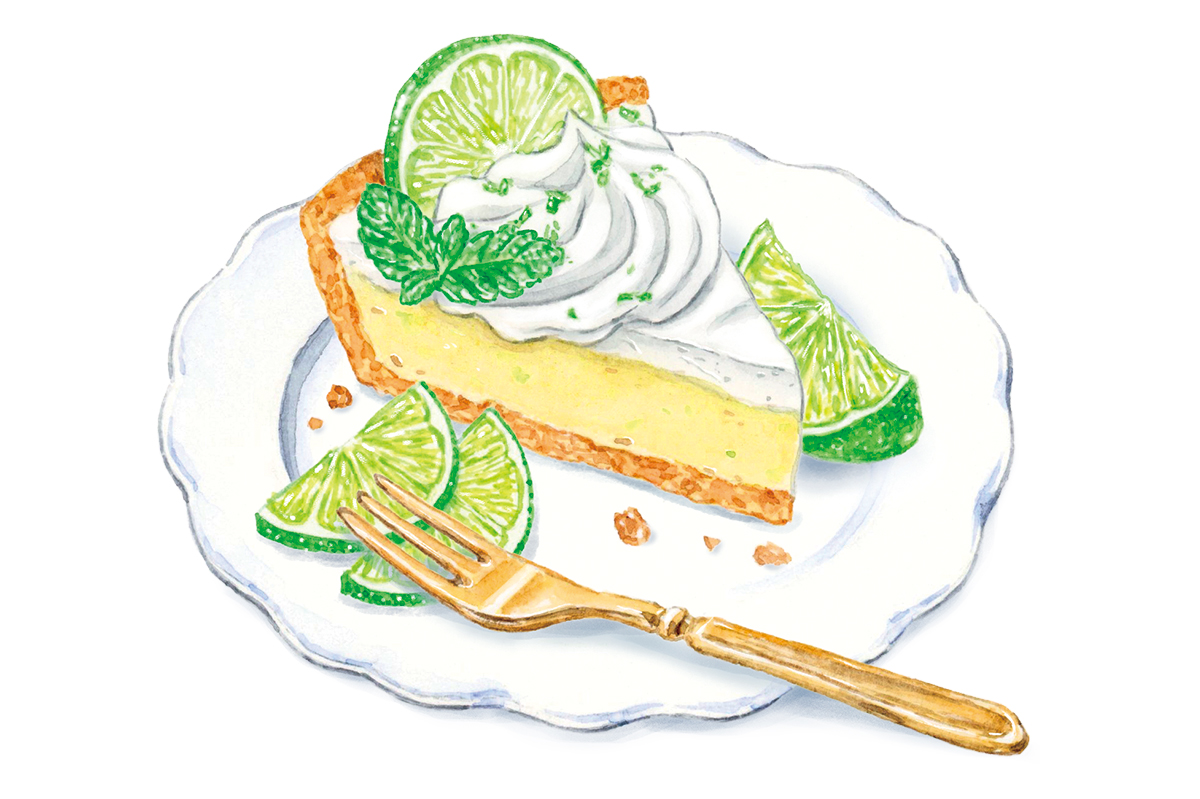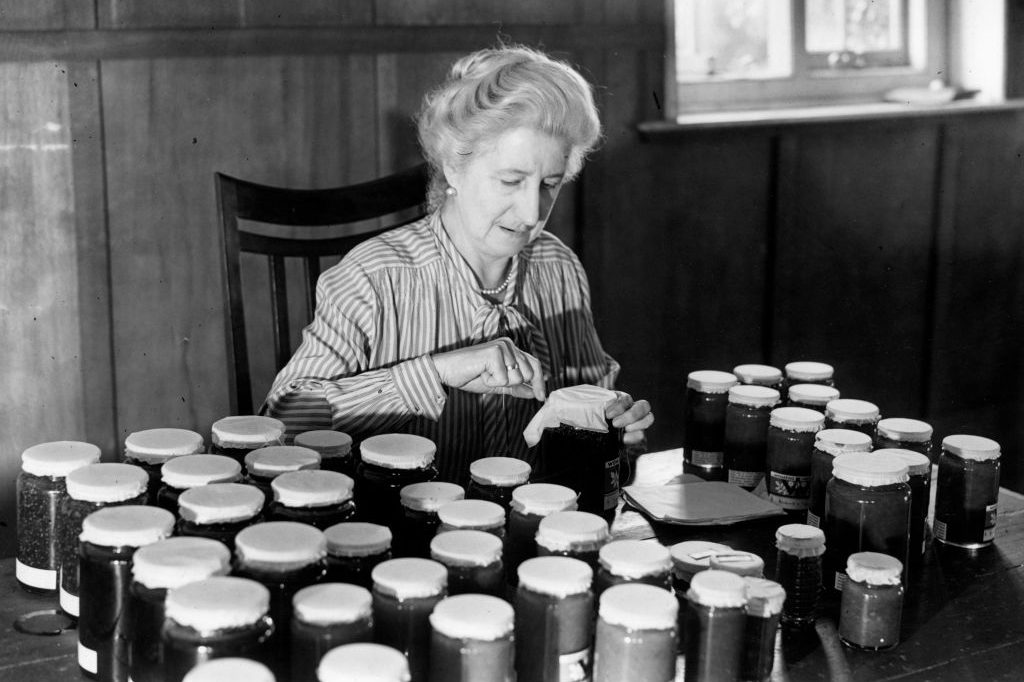My mother, although an excellent cook, never baked. She left that to her Swedish mother, Anna, who lived with my grandfather in an apartment my father built for them over our garage in Weston, Connecticut. Anna, as I’ve written before, was a gifted baker, especially when it came to Swedish breads.
I can’t remember when my mother suggested I might make my father’s birthday cake. Or why the task had been handed down to me. I was only nine or ten, but my mother was well aware that I loved to watch Anna bake, and that my curiosity needed constant nourishment.
Rural Weston had no bakery in its small-town center, nor did neighboring, cosmopolitan Westport. In the 1950s, powdered cake mixes came to Westport’s Gristedes supermarket. But as virtue-signaling baking evolved into having to just add eggs with water, my mother still wouldn’t buy a cake mix. If Anna couldn’t bake a cake, my mother would just call my father at work on Madison Avenue and tell him to hop up to Schrafft’s and bring home one of their famous chocolate layer cakes.
When it came to my father’s birthday, I was given carte blanche for the cake, and my mother handed over her well-worn copy of The Woman’s Home Companion Cookbook. With my sweet tooth jiggling and my creative juices flowing I perused the chapter on cake-baking. There I spotted pineapple upside-down cake. “Do I have to stand on my head to bake it?” I wondered. What drew my attention to this quirky recipe?
Perhaps it was that my father, a gifted gymnast at The Hill School in Pottstown, Pennsylvania, where he spent five years getting a preppy polish, often stood on his head after dinner — even at friends’ homes. He said it helped with digestion.
Fast forward seventy-five years, to February 2019 when my husband, Richard, fell in our California kitchen, breaking four ribs and opening his aorta. A team of fabulous first responders from the Montecito Fire Department arrived lickety-split and took him to the Santa Barbara Cottage Hospital where a gifted team of doctors and nurses saved his valuable life.
It is our son, Keith, and daughter, Lucy, as members of the “J” generation who believe in the healing powers of morning celery juice, that are responsible for Richard still being here and healthy. They came down respectively from Tiburon and up from Pacific Palisades to bring Richard fresh celery juice every morning. They insisted I buy a juicer to make Richard celery juice when he came home after four weeks. In the more than three years since Richard’s fall, I haven’t missed a day of juicing — for both of us.
Celery juice has cancer-fighting antioxidants, reduces cholesterol, lowers blood pressure, reduces inflammation, strengthens bones, aids digestion, eases bloating, heals acne and soothes eczema and psoriasis. The only thing the celery juice could not do was put back the twenty pounds Richard lost in the hospital. I wracked my brain for a way to put the weight back on him but not on me. To Richard, even though he was born and bred in the UK, pudding is just that — pudding. Preferably chocolate. No amount of pudding, however, was going to put on the pounds.
One day, I wondered if the answer might be in all the extra celery pulp (loaded with even more nutrients and all-important roughage) that was left over after making the juice. It turns out I was not the only one to wonder. The internet is full of recipes for celery pulp — crackers, fritters, meatballs, brownies, bread. And of course, smoothies. There was only so much celery pulp I could sell to Richard, however.
Suddenly, I thought of Richard’s father’s steaming compost pile in the backyard in Hove. It’s well-known that children of doctors make terrible patients, and Richard is no exception. Nevertheless, Richard admired his Scottish father’s ability to make correct diagnoses when other doctors had failed, and to stretch a British pound when necessary, during the war. So I appealed to that side of him. When I gave Richard a description of my father’s steaming compost pile in Weston, as well, and how my father kept his digestion in check by standing on his head, my cake was born.
This past summer, with Covid contained, I invited friends over for dinner. For dessert I made my new cake. When asked what was for dessert, I said, “Oh, it’s a topsy-turvy cake, just like this crazy world we live in now.”
Topsy-Turvy Cake
350°F
Forty-five to fifty minutes
3 tblsp butter
½ cup finely chopped walnuts
½ cup raisins
2 cup smooth, drained celery pulp (from juicer)
1 ½ cup cake flour
2 tsp baking powder
¼ tsp salt
⅓ cup vegetable shortening
⅔ cup sugar1 egg
½ cup milk
¾ tsp vanilla
¼ cup brown sugar
Melt butter in an eight inch cast-iron skillet; spread brown sugar, walnuts, raisins and celery pulp evenly.
Sift flour; measure and level off. Add baking powder and salt. Sift again.
Cream shortening, adding sugar gradually. Cream until light and fluffy. Add unbeaten egg. Beat thoroughly. Add vanilla. Add dry ingredients alternately with milk.
Pour cake batter into pan; bake.
When a toothpick comes out clean, after about forty-five to fifty minutes, remove from oven. Let stand at least an hour. Reverse on to cake platter when cool.
This article was originally published in The Spectator’s October 2022 World edition.



